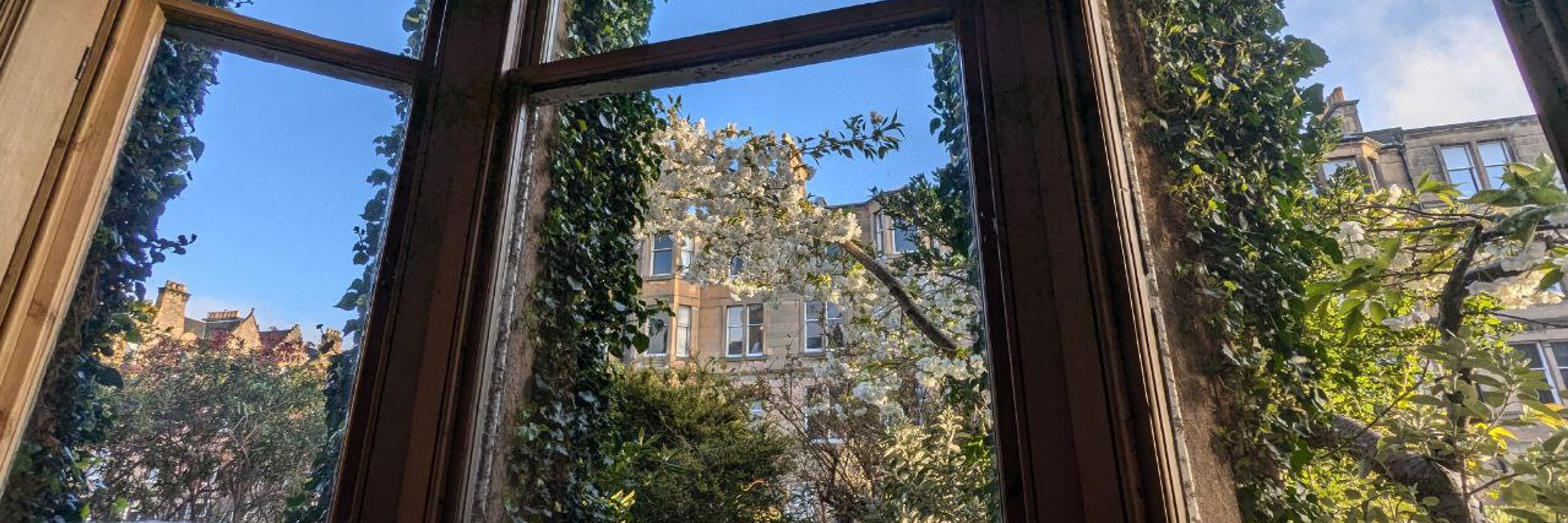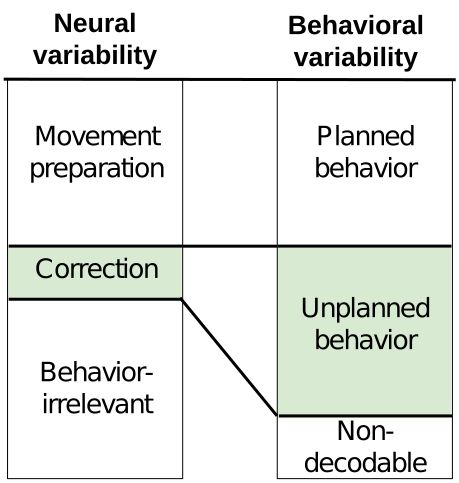Nina Kudryashova
@ninelk.bsky.social
50 followers
58 following
10 posts
Computational neuroscientist interested in movement and prediction
Posts
Media
Videos
Starter Packs
Nina Kudryashova
@ninelk.bsky.social
· Apr 7

BAND: Behavior-Aligned Neural Dynamics is all you need to capture motor corrections
Neural activity in motor cortical areas is well-explained by latent neural population dynamics: the motor preparation phase sets the initial condition for the movement while the dynamics that unfold d...
www.biorxiv.org
Nina Kudryashova
@ninelk.bsky.social
· Apr 7







